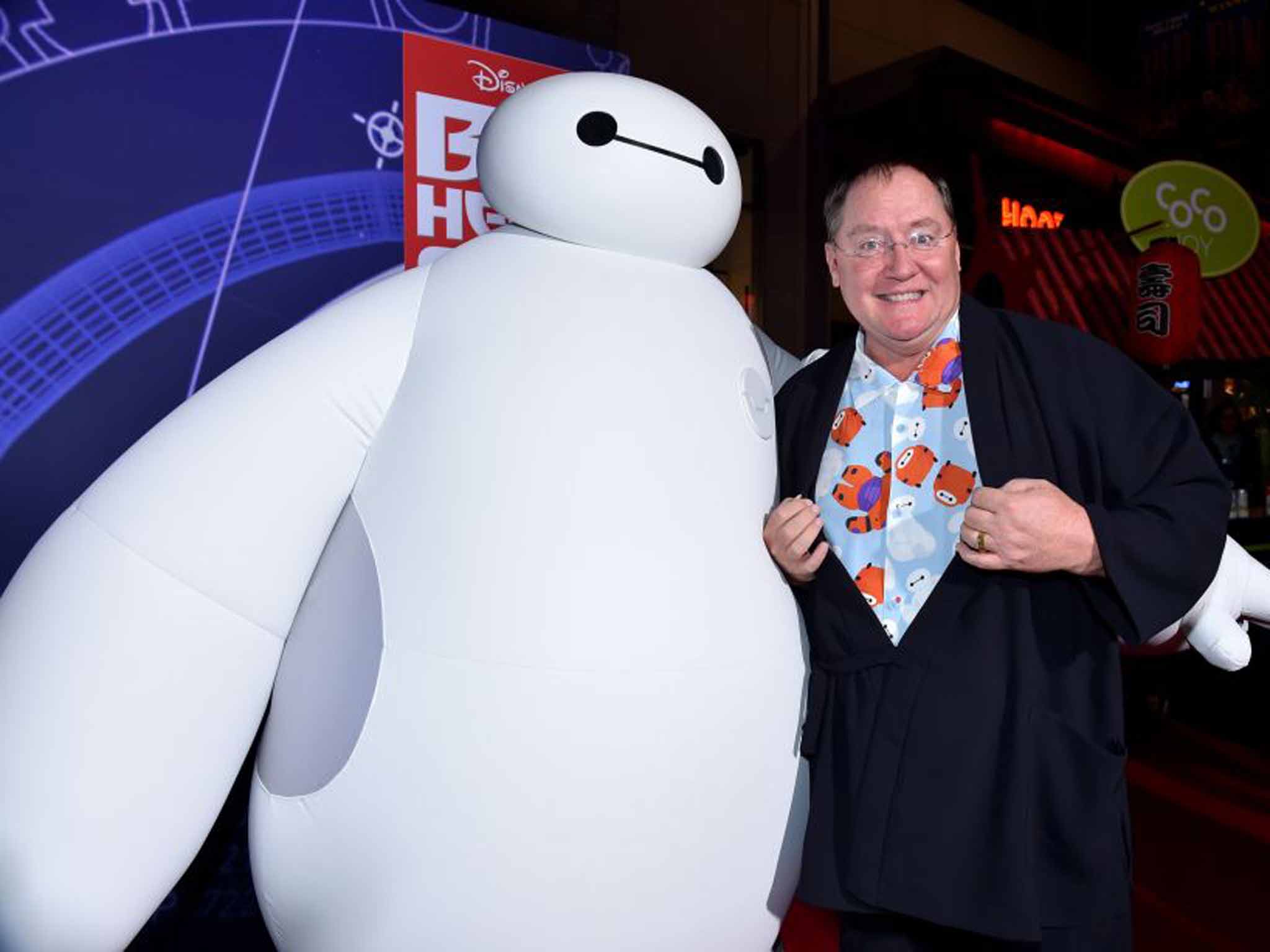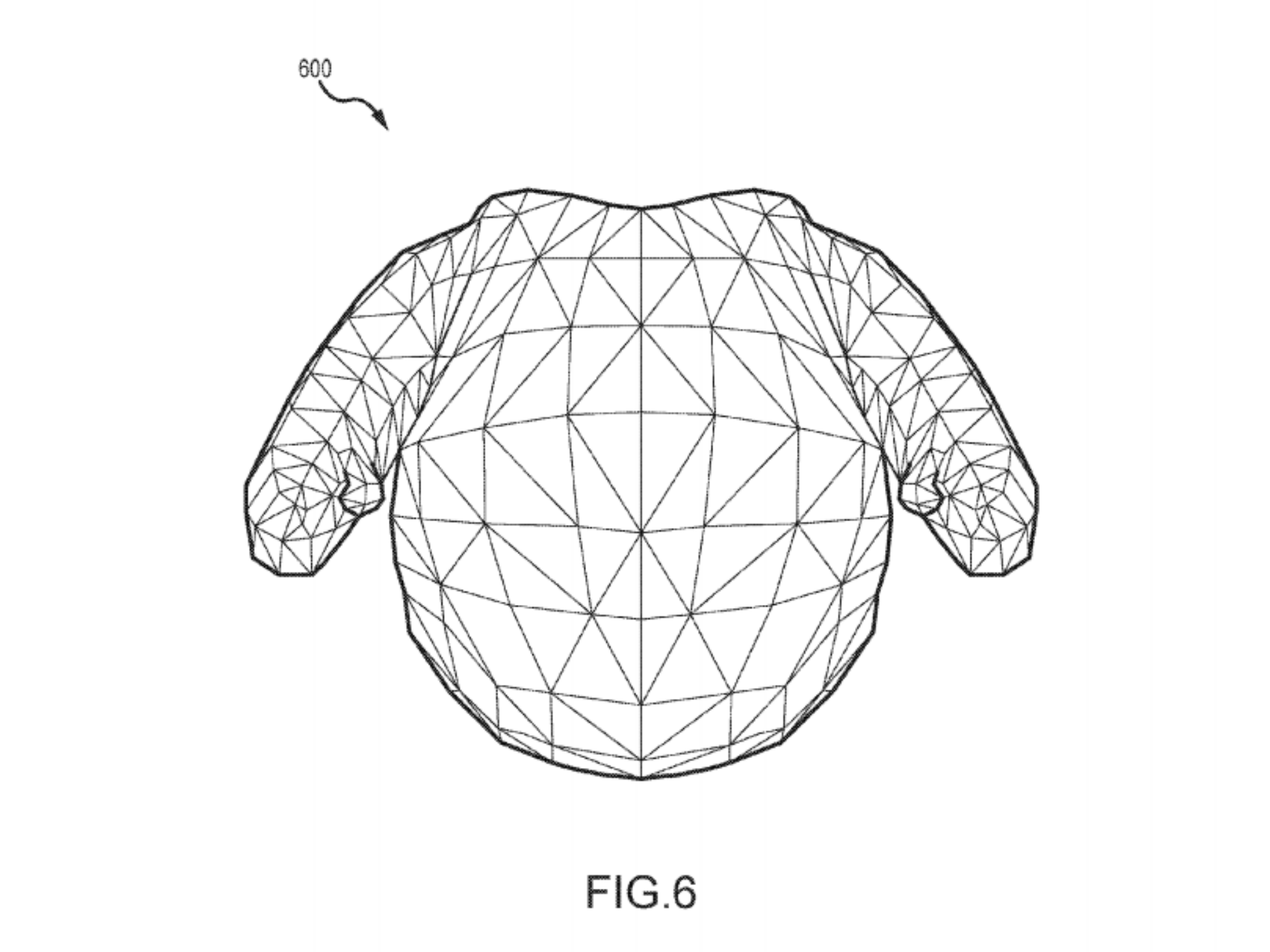Disney creating ‘deformable’, ‘humanoid’ robots to hug children
It isn't clear if the machines will be autonomous or human-operated

Your support helps us to tell the story
From reproductive rights to climate change to Big Tech, The Independent is on the ground when the story is developing. Whether it's investigating the financials of Elon Musk's pro-Trump PAC or producing our latest documentary, 'The A Word', which shines a light on the American women fighting for reproductive rights, we know how important it is to parse out the facts from the messaging.
At such a critical moment in US history, we need reporters on the ground. Your donation allows us to keep sending journalists to speak to both sides of the story.
The Independent is trusted by Americans across the entire political spectrum. And unlike many other quality news outlets, we choose not to lock Americans out of our reporting and analysis with paywalls. We believe quality journalism should be available to everyone, paid for by those who can afford it.
Your support makes all the difference.A new patent application has revealed that Disney is looking into the development of robotic versions of its animated characters.
The document describes “soft body” robots built specifically for “physical interaction with humans”.
It doesn’t mention any specific characters, but the images alongside the filing show off a bulbous torso resembling that of Big Hero 6’s Baymax.

The entertainment firm’s application repeatedly stresses the importance of safety.
It says the robots would have a “rigid support element” and soft, deformable body parts that could potentially be filled with a gas or fluid.
“The inventors recognized that there was a need for robots that can safely interact with humans and, particularly, with children,” reads the patent.
“In practice, the interior space is filled with a gas such as air, and the pressure measured or sensed by the pressure sensor is the pressure of the gas in the interior space, which increases from a non-contact value to a contact value (such as when a human contacts (e.g., squeezes) the outer sidewall of the link).”
Though there's no guarantee that Disney will actually create the product described in the patent, the company has previously hinted that robotic versions of its iconic characters could roam its theme parks in the future.
“I think AI and machine learning is going to be very important for what we do,” said Jon Snoddy, Disney’s senior vice president for research and development, earlier this year.
“Things like characters that can move around among our guests. They’re going to need to understand where they’re going, have goals, and they’re going to have to know how to navigate in a world with humans.”
However, while the company’s patent application mentions a “robot controller”, it doesn’t explain whether this would be a human-operated system or a completely autonomous one.
Join our commenting forum
Join thought-provoking conversations, follow other Independent readers and see their replies
Comments